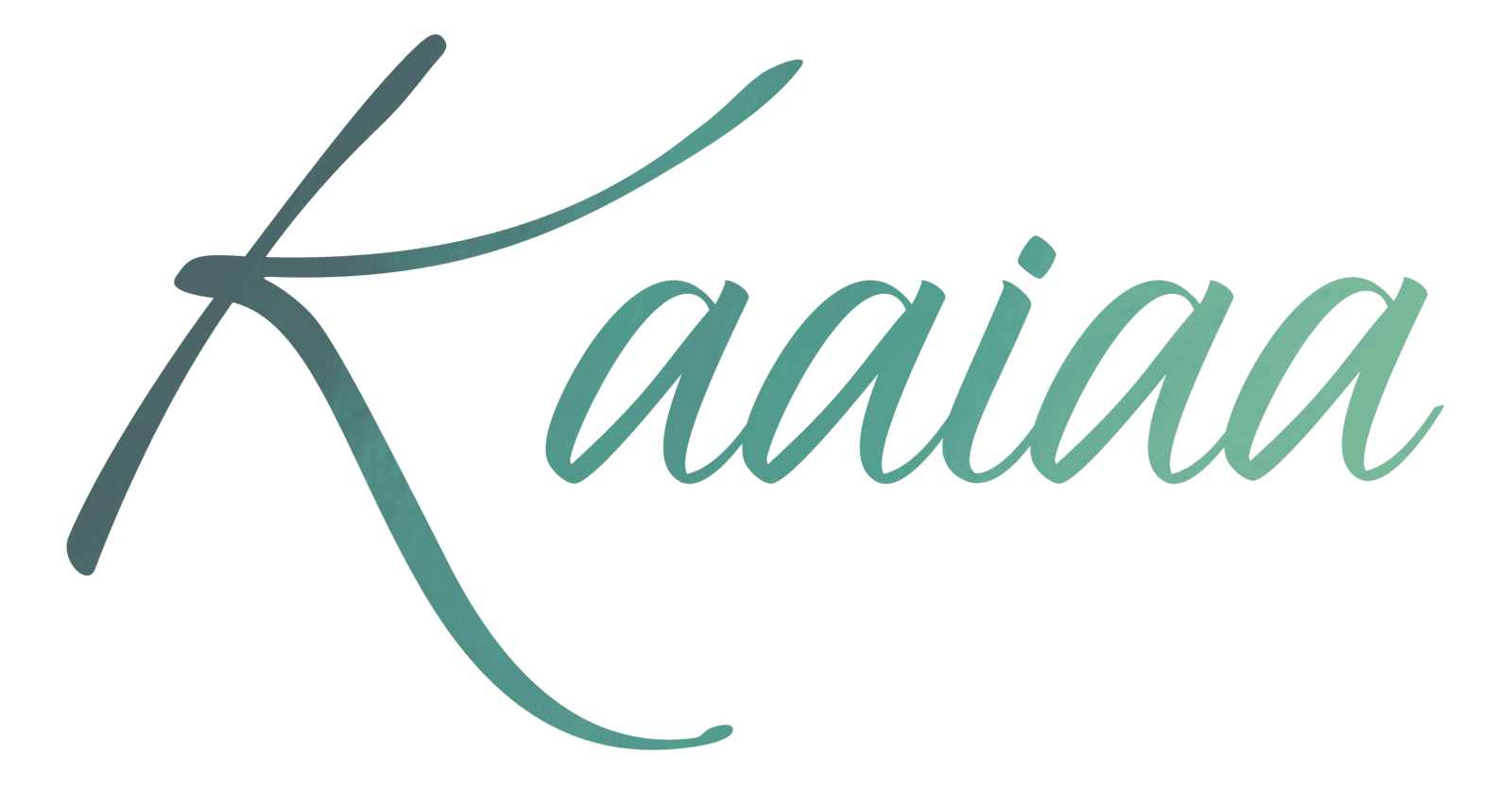Discover How There Is No Such Thing as "Being Too Late!"

As people age, maintaining an active and independent lifestyle becomes increasingly important. Physical activity is essential for staying healthy, preventing chronic conditions, and supporting overall well-being. However, as we age, certain health concerns, particularly those related to pelvic floor dysfunction, can emerge and affect our ability to remain active. Pelvic floor health is often overlooked, but it plays a crucial role in maintaining function, stability, and quality of life. For the active aging population, understanding and managing pelvic floor health is key to staying active, pain-free, and confident.
What is the Pelvic Floor?
The pelvic floor consists of a group of muscles, ligaments, and tissues that form a supportive “hammock” at the bottom of the pelvis. These structures support the bladder, bowel, and reproductive organs, and they also play a critical role in maintaining urinary and bowel control, as well as sexual health. The pelvic floor muscles are also intimately involved in stabilizing the core and supporting proper posture during movement and physical activity.
When pelvic floor muscles weaken, become overactive, or become imbalanced, it can lead to a variety of issues, such as urinary incontinence, pelvic organ prolapse, and difficulty with physical activities. Pelvic floor dysfunction can also contribute to chronic pain, discomfort, and loss of mobility, all of which can interfere with an active lifestyle.
How Aging Affects Pelvic Floor Health
As we age, several physiological changes can affect the pelvic floor muscles and their function:
Hormonal Changes As individuals enter menopause, the decrease in estrogen levels can lead to a reduction in pelvic floor muscle tone and vaginal elasticity. This can make the pelvic floor muscles more prone to weakness and dysfunction, leading to conditions such as urinary incontinence, vaginal prolapse, or pelvic organ prolapse.
Decreased Muscle Mass Aging typically brings a natural decline in muscle mass, including the muscles of the pelvic floor. This can lead to weakened pelvic floor muscles that are less capable of providing adequate support for the bladder, bowel, and reproductive organs. Weakened pelvic muscles can result in incontinence, pelvic pain, or difficulties with physical activity.
Changes in Connective Tissue The pelvic floor muscles are supported by connective tissue, which can lose strength and elasticity with age. This can cause a drop in the structural integrity of the pelvic floor, leading to conditions such as pelvic organ prolapse, where one or more organs (bladder, uterus, or rectum) drop down into the vaginal canal.
Chronic Conditions and Surgeries Chronic health conditions such as obesity, diabetes, or chronic respiratory issues can strain the pelvic floor muscles. In addition, certain surgeries—like hysterectomies or prostate surgeries—can affect pelvic floor function and contribute to issues such as incontinence or pelvic pain.
Reduced Physical Activity As we age, some individuals may reduce their physical activity levels due to concerns about injury or discomfort. A lack of regular exercise can lead to muscle weakness and imbalances, including in the pelvic floor, which can exacerbate issues like incontinence, prolapse, and lower back pain.
Common Pelvic Floor Issues in the Active Aging Population
Pelvic floor issues are common as people age, but they don’t have to prevent an active lifestyle. Some of the most common pelvic floor problems faced by the aging population include:
Urinary Incontinence Urinary incontinence, or the inability to control urination, is one of the most prevalent pelvic floor issues in older adults. It can occur during activities like coughing, sneezing, laughing, or exercising, and may be due to weakened pelvic floor muscles or a loss of coordination between the muscles.
Pelvic Organ Prolapse Pelvic organ prolapse occurs when the pelvic floor muscles and connective tissues weaken to the point that one or more pelvic organs (bladder, uterus, or rectum) descend into or out of the vaginal canal. This can cause feelings of pressure, bulging, or discomfort, and can interfere with physical activity or sexual health.
Fecal Incontinence Fecal incontinence refers to the inability to control bowel movements, which can occur when the pelvic floor muscles are weak or damaged. It can be especially concerning for active individuals who wish to participate in sports or outdoor activities.
Pelvic Pain Pelvic pain, which can stem from muscle imbalances, overactive pelvic floor muscles, or other factors, can severely impact mobility and comfort during physical activities. Pelvic pain can also affect sexual function, adding emotional and psychological stress to the physical discomfort.
Lower Back and Hip Pain The pelvic floor plays a crucial role in supporting the core and stabilizing the lower back and hips. If pelvic floor muscles become weak or imbalanced, it can lead to lower back and hip pain, making it difficult to engage in activities like walking, yoga, or strength training.
How to Maintain and Improve Pelvic Floor Health in the Active Aging Population
The good news is that pelvic floor health can be managed and improved with the right approach, even as we age. Maintaining an active lifestyle and engaging in exercises designed to strengthen the pelvic floor muscles are vital for preventing or managing pelvic floor dysfunction. Here’s how:
Pelvic Floor Exercises (Kegels) Pelvic floor exercises, commonly referred to as Kegel exercises, are a cornerstone of pelvic floor health. These exercises involve contracting and relaxing the pelvic floor muscles to strengthen them. A pelvic floor physiotherapist can guide you in learning how to perform Kegels correctly and safely, especially if you’re new to these exercises or have experienced pelvic floor dysfunction.
Core and Posture Strengthening Strengthening the core muscles—including the abdominals, back, and pelvic floor—is key to maintaining pelvic floor health and overall stability. Exercises like Pilates, yoga, and resistance training can improve posture and help maintain proper alignment, reducing strain on the pelvic floor and supporting overall muscle strength.
Mindful Movement Mindful movement practices, such as yoga or Tai Chi, promote flexibility, balance, and body awareness. These exercises can improve coordination between the pelvic floor and other muscle groups, reduce tension in the pelvic region, and promote relaxation.
High-Impact Activity (If Symptom-Free) High-impact activities such as running, dancing, or aerobics can offer significant cardiovascular benefits and strengthen bones, which is especially important for the aging population. If you’re already engaging in high-impact activity without experiencing symptoms like incontinence or pelvic pain, it can be a beneficial way to stay fit and maintain pelvic floor health. However, it's important to pay attention to how your body responds during and after these activities. If you start noticing discomfort or symptoms, consider adjusting your exercise routine or consulting with a pelvic floor physiotherapist.
Weight Management Maintaining a healthy weight is beneficial for pelvic floor health. Excess weight, particularly around the abdomen, can put additional pressure on the pelvic floor muscles, contributing to weakness, incontinence, and prolapse. A balanced diet and regular physical activity help manage weight and reduce strain on the pelvic floor.
Proper Lifting Techniques Using proper body mechanics while lifting objects is important for preventing pelvic floor strain. When lifting, it’s crucial to engage the core and pelvic floor muscles, bend the knees, and avoid bearing down or holding your breath, which can stress the pelvic region.
Seek Professional Help When Needed If you’re experiencing pelvic floor dysfunction or have concerns about your pelvic health, it’s important to consult a pelvic floor physiotherapist or healthcare provider. A specialist can assess your pelvic floor function, recommend targeted exercises, and guide you through a treatment plan tailored to your specific needs.
Benefits of Maintaining Pelvic Floor Health as You Age
For the active aging population, maintaining pelvic floor health has numerous benefits that go beyond just physical comfort. These include:
Improved Mobility and Physical Performance A strong and well-functioning pelvic floor supports overall movement, posture, and balance. This enables older adults to engage in physical activities with greater ease, which is essential for preserving independence.
Prevention of Incontinence and Prolapse Regular pelvic floor exercises and core strengthening can help prevent or manage urinary incontinence and pelvic organ prolapse, which can otherwise impact daily activities and confidence.
Reduced Pain and Discomfort Strengthening the pelvic floor muscles can alleviate pelvic pain, lower back pain, and hip discomfort, all of which are common in the aging population.
Improved Quality of Life By addressing pelvic floor health, older adults can remain active and engaged in their communities and activities. Pelvic health directly impacts emotional and mental well-being, enhancing confidence and overall quality of life.
Getting Started with Pelvic Floor Health
If you’re part of the active aging population, it’s never too late to begin focusing on pelvic floor health. Here’s how to get started:
Consult a Pelvic Floor Physiotherapist If you’re experiencing symptoms of pelvic floor dysfunction or want to ensure you’re doing the right exercises, a pelvic floor physiotherapist can provide guidance, assess your pelvic floor function, and develop a tailored exercise program.
Incorporate Pelvic Floor Exercises Into Your Routine Start with gentle pelvic floor exercises, such as Kegels, and gradually increase intensity as you build strength. Be consistent with your exercises to see the best results.
Stay Active Engage in regular physical activity that suits your fitness level, including activities like walking, swimming, cycling, and strength training. Focus on activities that strengthen the core and promote pelvic floor health.
Listen to Your Body Pay attention to your body’s signals, especially when engaging in exercise. If you experience pain, discomfort, or signs of pelvic floor dysfunction, seek professional help promptly.
Conclusion
Pelvic floor health is a key component of maintaining an active and fulfilling lifestyle as we age. By incorporating pelvic floor exercises, strengthening the core, and staying active, the aging population can prevent or manage pelvic floor dysfunction, improve mobility, and enjoy a higher quality of life. While high-impact activities can be beneficial for those without symptoms, it's important to listen to your body and consult with a healthcare professional if needed. If you’re experiencing symptoms of pelvic floor dysfunction, consider seeking help from a pelvic floor physiotherapist to develop a personalized approach to keep your pelvic floor—and your whole body—healthy, strong, and functional for years to come.


